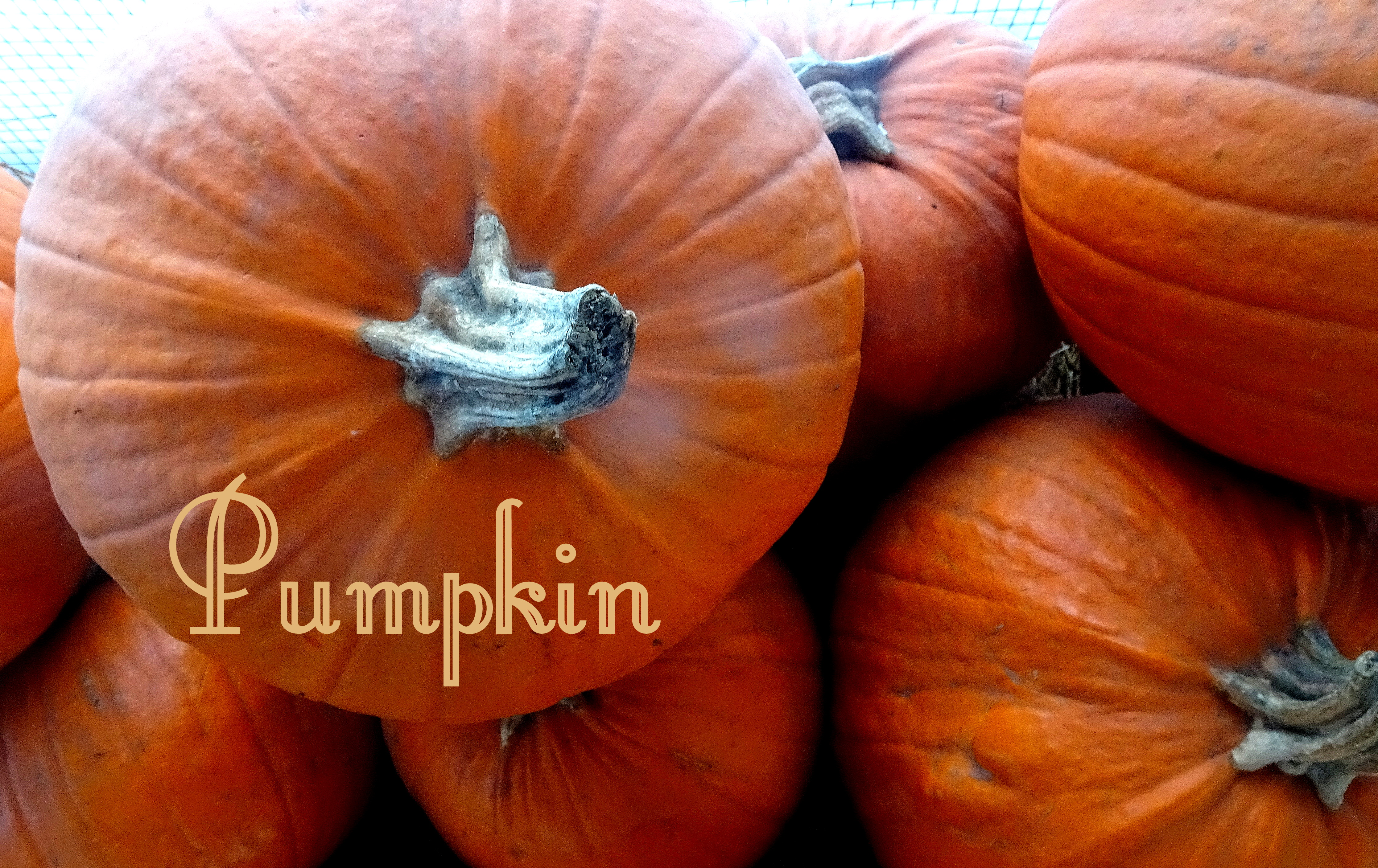 |
|
Pumpkins (Cucurbita Family)  Pumpkins hold high nutritional value for our poultry. Although there is a lot of focus on using the pumpkins seeds for the (variable) worming action, the nutritional value of pumpkins should even be more emphasized. It is not only a natural food for poultry, the leaves and vines are edible as well. The pumpkin meat is cooling and moistening (95% water), and holds medicinal value although less active than the seed. Along with cucurbitan, the seeds are sweet, moist and nutritive. Pumpkin meat contains fiber and protein, with the following vitamins and minerals for poultry.
Growing In general, pumpkins are planted on a mound of dirt with up to 5 seeds per hill and again, this will vary depending on variety. Water gently at first, taking care to not wash the soil away from the seed, and they will sprout in seven to fourteen days. It's a good idea to dig a moat around each hill to retain water. Also, try to water at ground level as opposed to a spray from above. The sandier your soil, the more water the pumpkins will need. When the plants begin to flower, pay attention to the bees and other pollinators. Pumpkin plants have male and female flowers. The female flowers having a bump behind the blossom. This is a baby pumpkin. They need the pollen from the male flowers for it to develop. If it seems you don't have many bees, it may be helpful to use a small paintbrush to transfer pollen, insuring a good crop. Days to ripening may vary by as much as a month, so be sure to check the seed packet. A pumpkin is ready to be harvested when it sounds hollow when thumped. The skin will be hard or tough. Push on it with a fingernail and if it leaves a dent but does not puncture, this is a good sign. Another good indicator will be its stem, which will begin to get hard. When cutting the pumpkin from the vine, leaving more stem will help the pumpkin last longer. Of course be sure to save some seeds for next year. Source: |